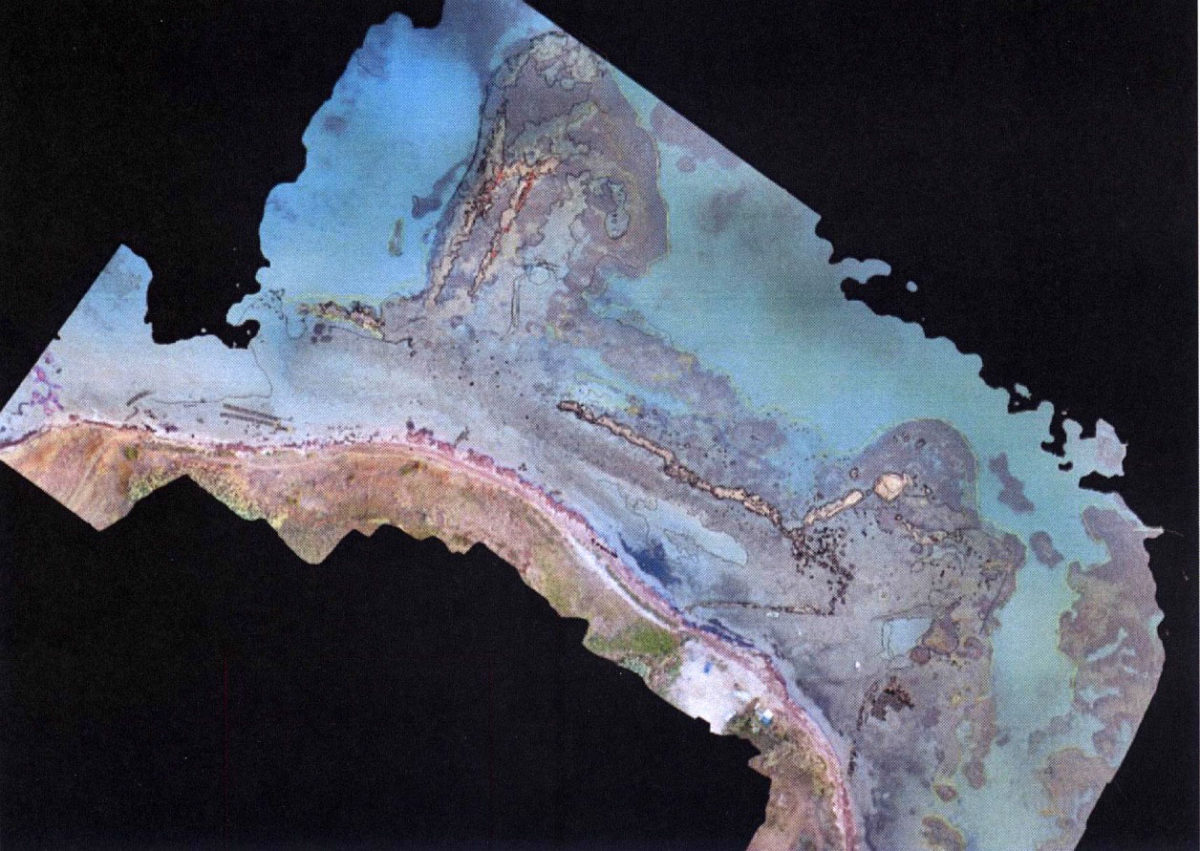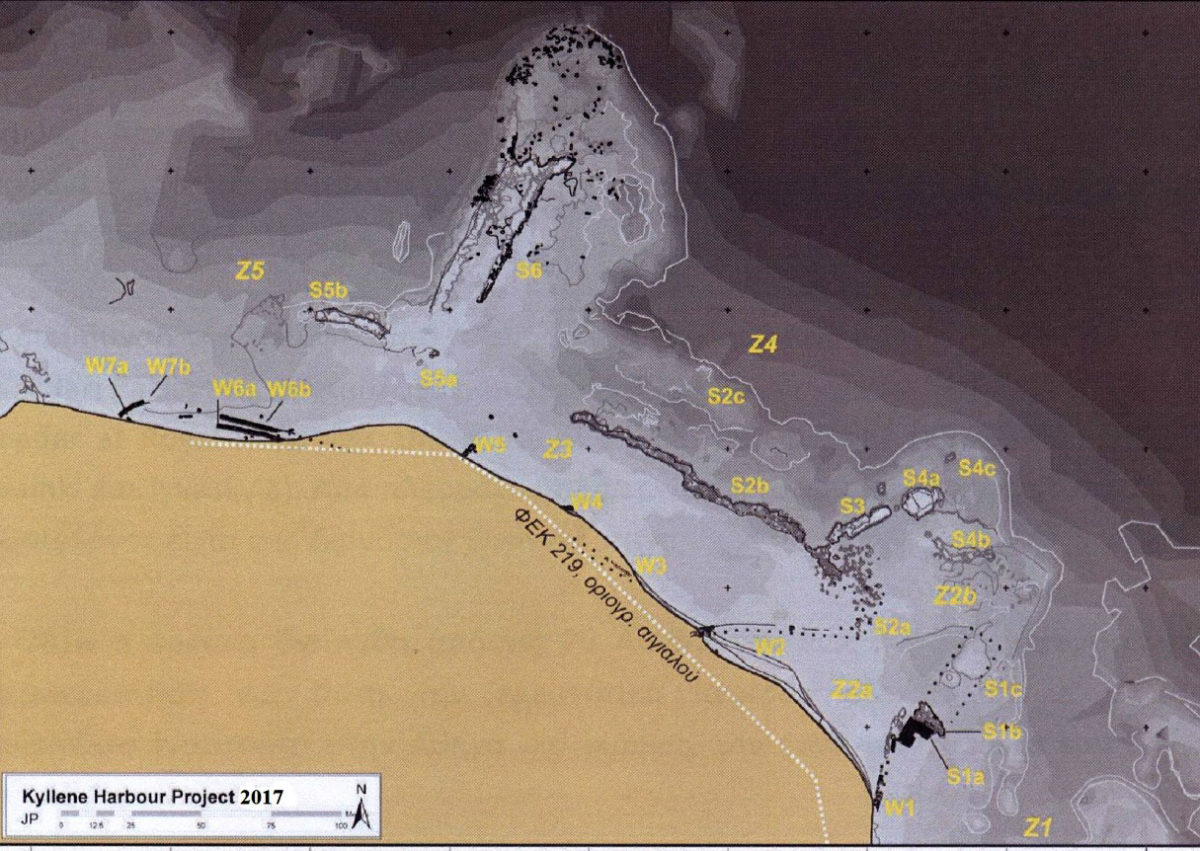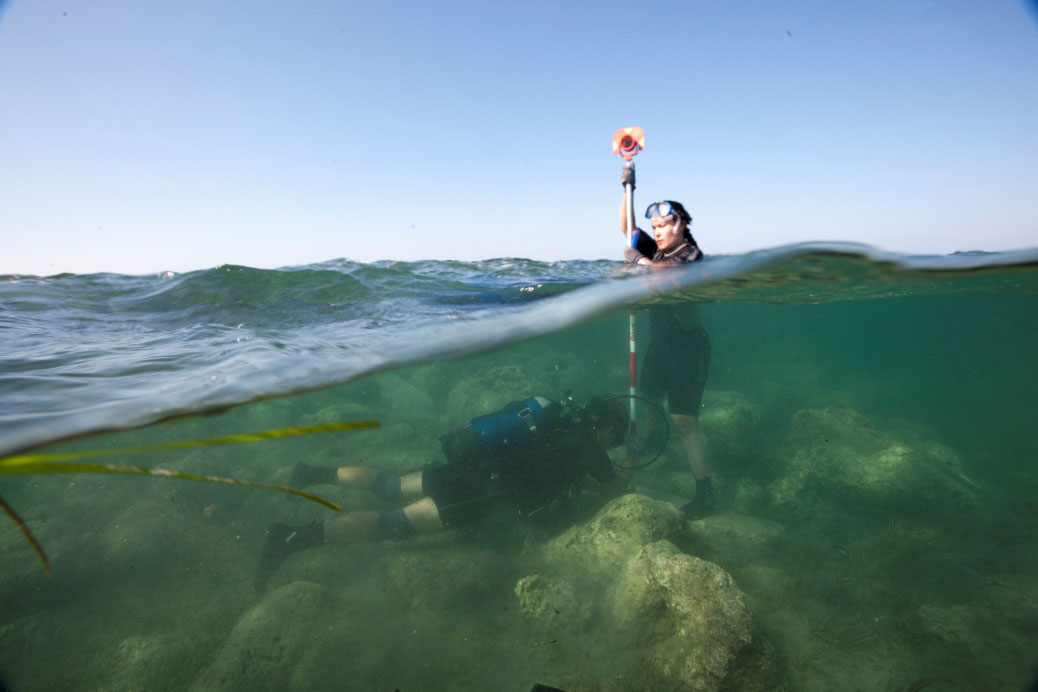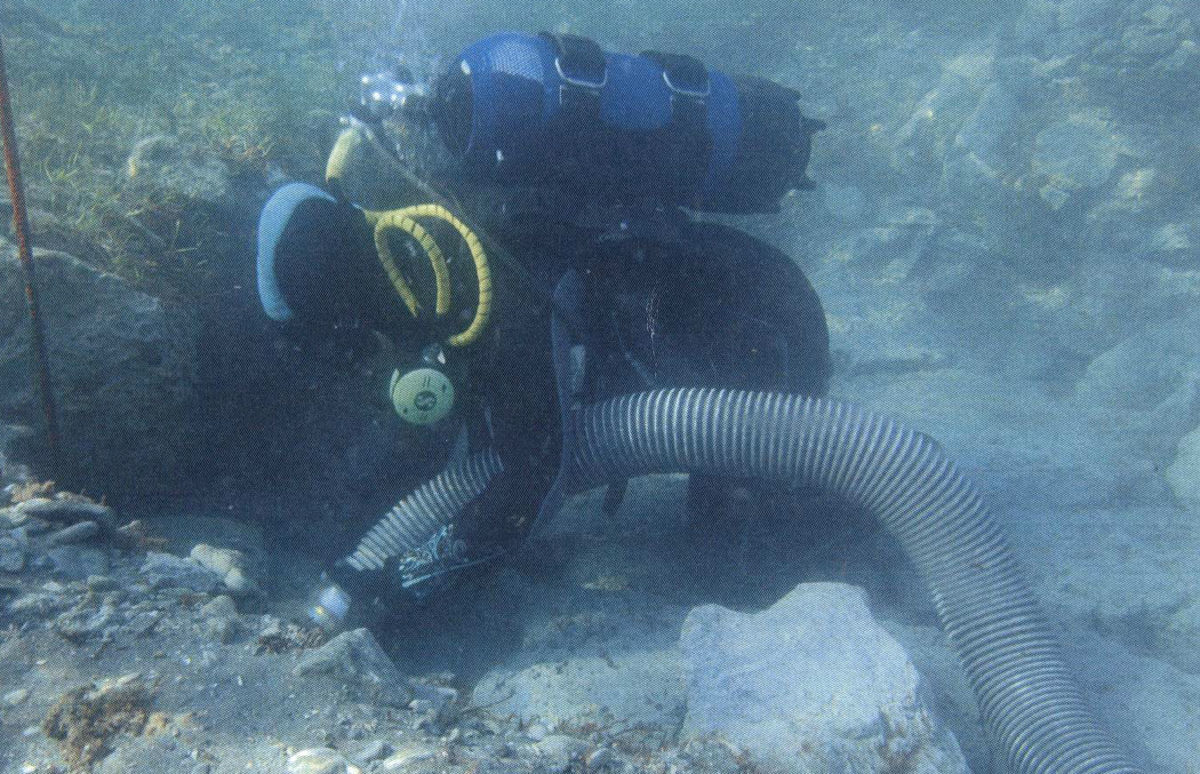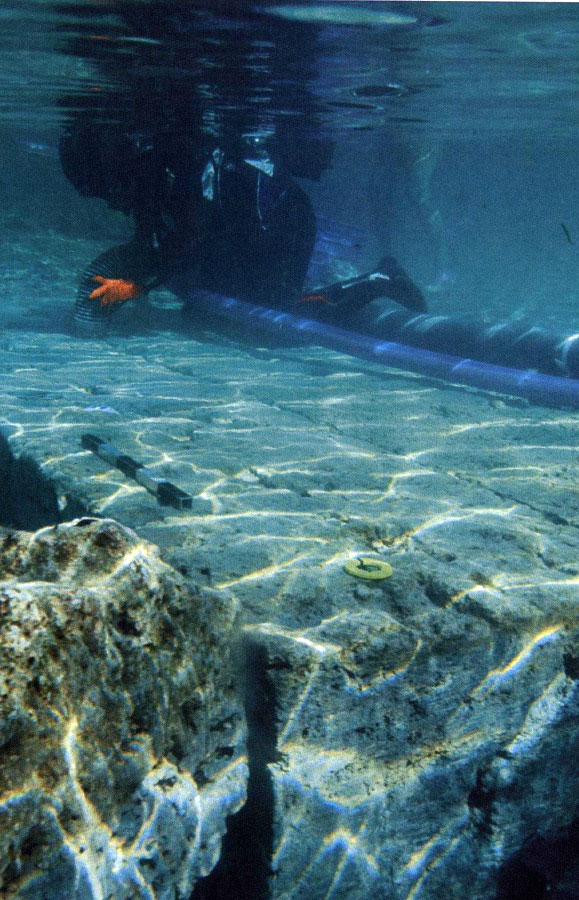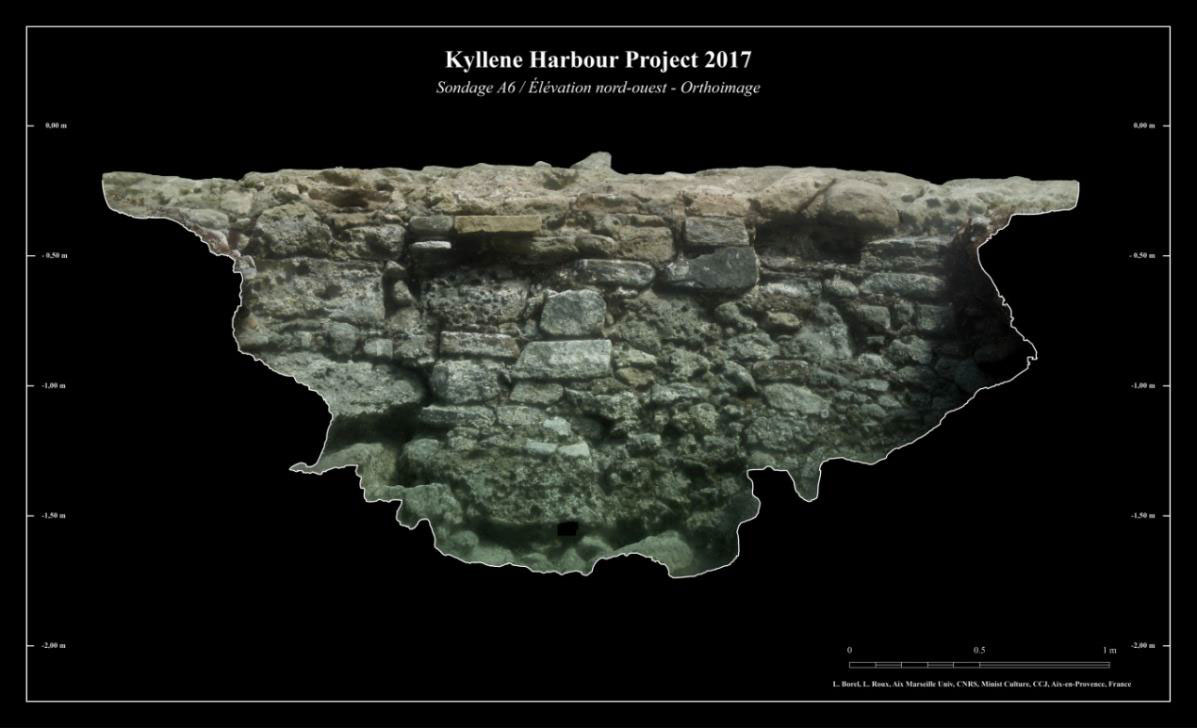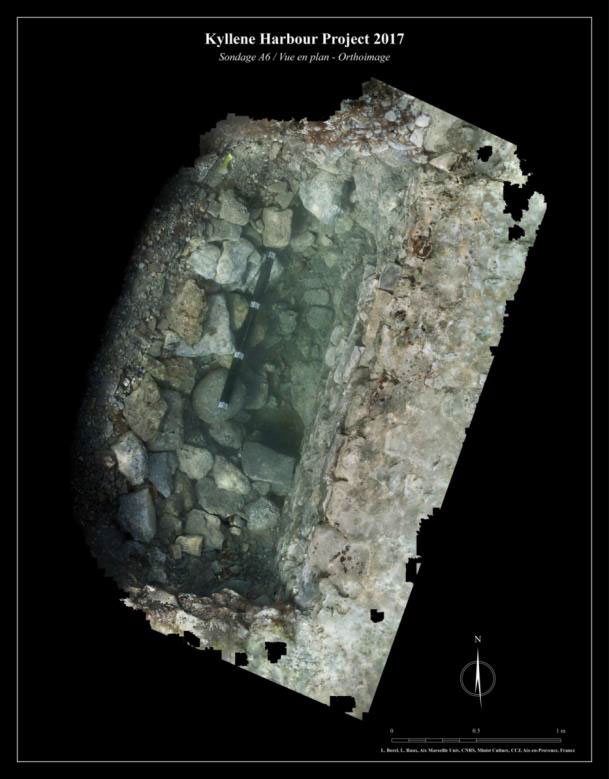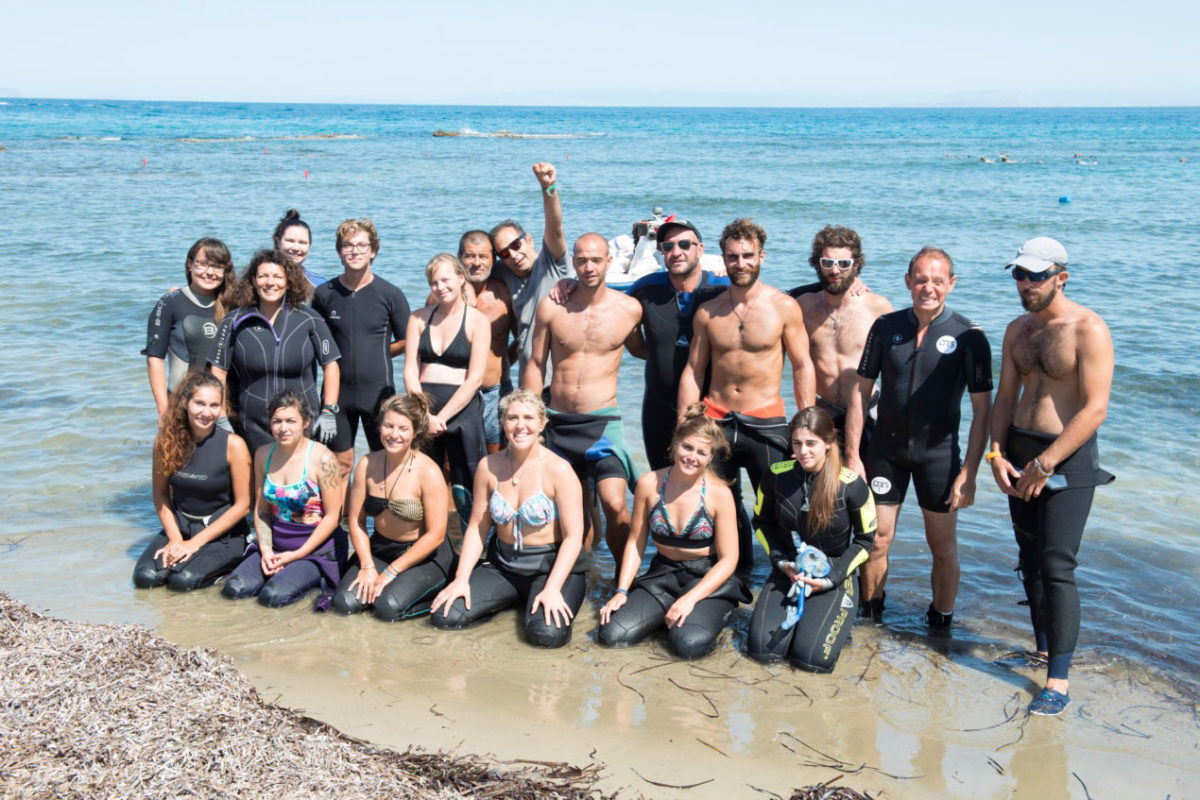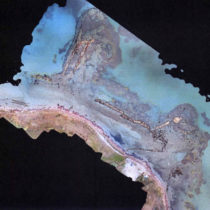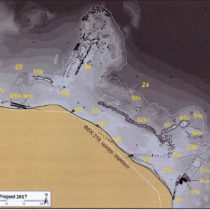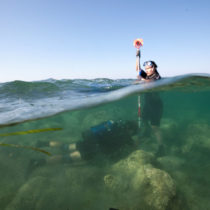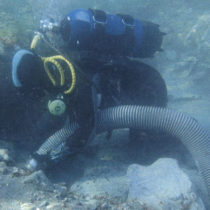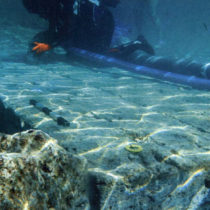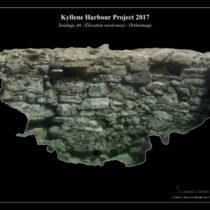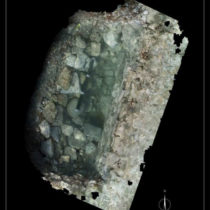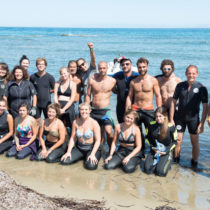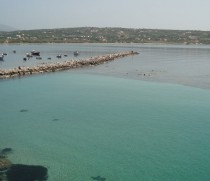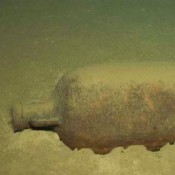The “Harbour of Kyllene/Glarentza” research programme’s main objective was to study the topographic, architectural and geophysical features of the harbour, to investigate the remains of the Crusader harbour (13th-14th century), and to conduct an underwater excavation in order to find the accurate location of the ancient Kyllene Harbour. The programme was a scientific collaboration of the Ephorate of Underwater Antiquities and the Finnish Institute at Athens.
The programme’s central scientific aim was to study the topographic and historical features of harbour basins from antiquity to the Middle Ages: namely, the interpretive representation of the harbour zone and the topographic location of the harbour basins, the architectural survey of the harbour facilities (location, fortification and morphology), the construction techniques and historical background of the harbour construction and the socio-economic context of its development over the centuries.
Regarding the multidisciplinary approach of the harbour zone survey the underwater geoarchaeological investigation aimed at the palaeogeographic reconstruction of the coastal environment and the coastline during Classical Antiquity and the Middle Ages. The marine geophysical explorations were carried out in collaboration with the Laboratory of Marine Geology and Physical Oceanography of the Geology Department of Patras University, under the direction of Dr. G. Papatheodorou. The archaeoenvironmental survey was headed by Dr. M. Geraga. The geomorphological investigations were conducted by the Geology Department of Mainz, under the direction of Dr. Andreas Vött.
During the underwater excavations researchers investigated the stratigraphy and clarified the chronological correlation issues regarding the structures of the medieval Glarentza harbour and the ancient Kyllene harbour.
With the 2017 programme, which was carried out from August 22 until September 15 thanks to the help and funding of the Andravida-Kyllene Municipality andf the Kyllene Harbour Fund, the 10-year scientific collaboration project has been completed. During these ten years the underwater excavations and the 3D topographic and photogrammetrical recording of the ancient and medieval Kyllene harbour structures were continued.
Dr Angeliki G. Simosi was heading the programme and Dionysis Evangellistis was the scientific director of the field research on behalf of the Ephorate of Underwater Antiquities. Dr. Jari Pakkanen was heading the project on behalf of the Finnish Institute at Athens.
On September 10, 2017, an Open Day was organized with a guided tour in the research area. Also, the project was presented to the local authorities and residents in the framework of the Kyllenia 2017 festival and an event by the Andravida-Kyllene Municipality.
